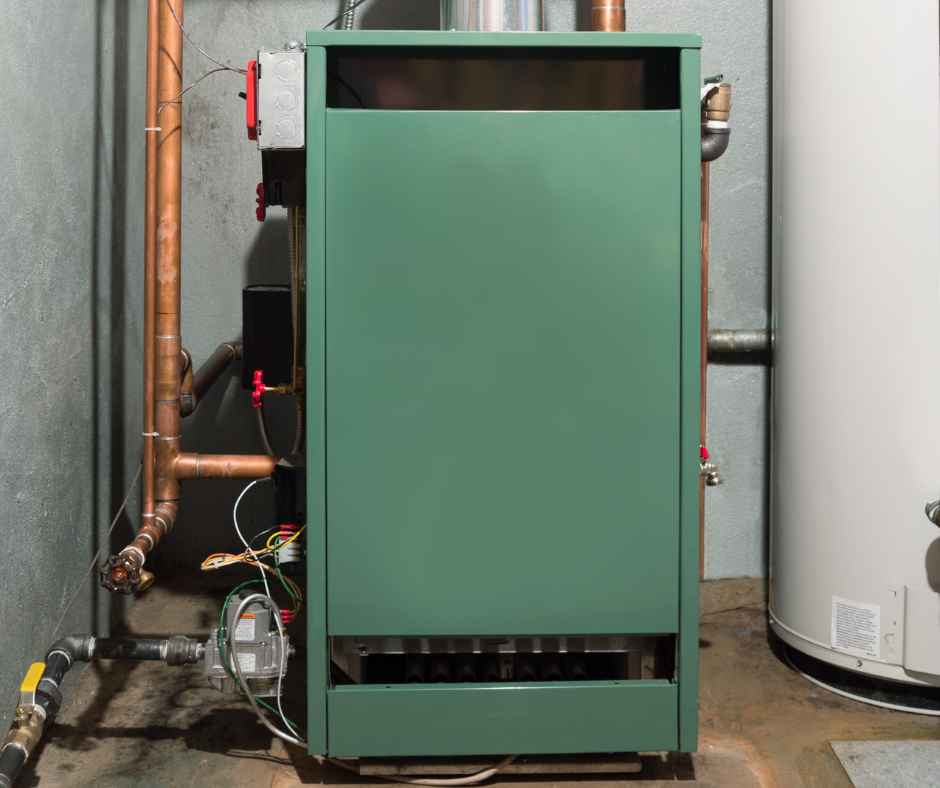Closed: Sun for God + Family time
Effective Ways to Stay Cool Without Air Conditioning
Staying Cool: Effective Ways to Beat the Summer Heat Without Air Conditioning
Keeping our homes cool during the scorching summer months is essential for our comfort and well-being. However, what happens when the air conditioner is not available or not functioning? In such situations, it becomes crucial to explore alternative methods to cool our homes effectively. While the environmental impact is certainly a concern, the primary focus of this article will be on the importance of finding practical and efficient ways to keep our living spaces comfortable without relying on air conditioning.
Whether you’re facing a power outage, trying to reduce energy consumption, or simply seeking cost-effective cooling solutions, knowing how to cool your home without AC is a valuable skill. By exploring alternative methods, we can create a more resilient living environment and better cope with challenging circumstances.
In this article, we will delve into various strategies and techniques that can help you cool your house without relying on air conditioning. From maximizing natural ventilation to utilizing fans, shading, insulation, and timing, we will provide you with a comprehensive set of practical tips and tricks. By implementing these methods, you can create a cool and comfortable living space, even when the air conditioner is not an option.
So, let’s explore the world of alternative cooling techniques and discover how you can beat the heat without relying solely on air conditioning. By broadening our knowledge and embracing innovative approaches, we can ensure that our homes remain cool and comfortable, no matter the circumstances.
Maximizing Natural Ventilation
One of the most effective and accessible ways to cool your home without air conditioning is by maximizing natural ventilation. By strategically opening windows and creating airflow, you can allow fresh, cooler air to circulate throughout your living spaces. Here are some key points to consider:
Opening windows strategically to create cross ventilation
- Identify the prevailing wind direction and open windows on opposite sides of your home to allow for cross ventilation.
- This technique encourages a steady flow of fresh air and helps remove stagnant, warm air from your living spaces.
Using window screens to allow fresh air while keeping insects out
- Install window screens to prevent insects from entering your home while allowing fresh air to flow freely.
- Screens also act as a barrier against dust and debris, helping to maintain a cleaner indoor environment.
Utilizing the stack effect to facilitate airflow
- The stack effect takes advantage of the natural tendency of warm air to rise and cool air to sink.
- Open windows on the lower level of your home to let in cool air, while opening windows on the upper level to allow warm air to escape.
- This creates a natural airflow as cooler air enters from below and warmer air is expelled from above.
By implementing these strategies, you can harness the power of natural ventilation to keep your home cool and comfortable. Opening windows strategically and promoting airflow will help bring in fresh air and facilitate the removal of warm, stagnant air. Remember to adjust the window openings based on the time of day and outdoor temperature to optimize the cooling effect.
Utilizing Fans and Ceiling Fans
Fans are a fantastic tool for creating a cooling breeze and improving air circulation in your home. They can be used in conjunction with natural ventilation to enhance the cooling effect. Here are some points to consider when utilizing fans:
Placing box fans near windows to draw in cool air from outside
- Position box fans facing inward near open windows to pull in cooler air from the outside.
- This technique works best during cooler parts of the day or in the evening when the temperature drops.
Creating a cooling breeze with oscillating fans or ceiling fans
- Use oscillating fans or ceiling fans to create a gentle breeze throughout the room.
- The movement of air helps evaporate perspiration from your skin, providing a cooling effect on your body.
Using fans in combination with open windows for enhanced ventilation
- Place fans strategically to enhance the airflow created by open windows.
- Position fans to blow air out of the house in areas where warm air tends to accumulate, such as the upper levels or near staircases.
Fans are energy-efficient alternatives to air conditioning and can provide a comfortable cooling sensation in your home. By strategically placing fans near windows and using them in conjunction with natural ventilation, you can create a pleasant breeze and improve overall airflow. Consider investing in ceiling fans for long-term cooling benefits, as they can be used year-round to improve air circulation and maintain a comfortable environment.
Managing Sunlight and Shading
The sunlight that enters your home plays a significant role in heating up your living spaces. By effectively managing sunlight and implementing shading techniques, you can reduce heat gain and keep your home cooler. Consider the following points:
Closing curtains, blinds, or shades during the hottest parts of the day
- Draw curtains, close blinds, or lower shades on windows that receive direct sunlight during the hottest hours of the day.
- This helps block out the intense heat and prevents it from entering your home, keeping the interior cooler.
Installing reflective window films or shades to reduce heat gain
- Consider installing reflective window films or shades designed to reflect sunlight and reduce heat gain.
- These films and shades can significantly decrease the amount of solar radiation entering your home, helping to keep it cooler.
Utilizing exterior shading options such as awnings, shades, or planting trees
- Install exterior shading options, such as awnings or shades, on windows exposed to direct sunlight.
- Planting trees strategically around your home can provide natural shade and help reduce heat transfer through windows and roofs.
Effectively managing sunlight and implementing shading techniques can significantly reduce heat gain in your home. By blocking out direct sunlight during the hottest parts of the day and utilizing exterior shading options, you can create a cooler indoor environment. These methods work in conjunction with natural ventilation and fans to maximize the effectiveness of alternative cooling strategies.
Improving Insulation and Air Sealing
Proper insulation and air sealing are crucial elements in maintaining a cool and comfortable home without air conditioning. They help prevent the infiltration of hot air and reduce heat transfer, ensuring that your living spaces stay cooler for longer. Consider the following points:
Ensuring proper insulation in the attic, walls, and floors to reduce heat transfer
- Evaluate the insulation in your home and ensure it meets recommended standards.
- Properly insulate your attic, walls, and floors to minimize heat transfer from the outside and maintain a cooler interior.
Sealing air leaks around windows, doors, and ductwork to prevent warm air infiltration
- Identify and seal any air leaks around windows, doors, and ductwork.
- Use weatherstripping and caulking to seal gaps and cracks, preventing warm air from infiltrating your home and reducing the efficiency of cooling methods.
Using weatherstripping and caulk to seal gaps and cracks effectively
- Apply weatherstripping around windows and doors to create a tight seal and prevent air leakage.
- Use caulk to seal gaps and cracks in walls, floors, and other areas where air may leak in or out.
Improving insulation and air sealing not only helps keep your home cooler in the summer but also contributes to energy efficiency year-round. By minimizing heat transfer and preventing warm air infiltration, you can create a more comfortable and sustainable living environment.
Reducing Heat Sources
Reducing heat sources within your home can significantly contribute to keeping it cooler during the summer months. By minimizing activities that generate heat and being mindful of heat-producing appliances and lighting, you can create a more comfortable living environment. Consider the following points:
Minimizing heat-generating activities like cooking during the hottest parts of the day
- Plan your cooking activities to avoid using heat-generating appliances, such as ovens or stovetops, during the peak heat hours.
- Opt for lighter meals, salads, or utilize alternative cooking methods like grilling outdoors to minimize heat buildup inside.
Using energy-efficient lighting options to reduce heat output
- Replace traditional incandescent bulbs with energy-efficient LED lights, as they generate less heat.
- Choose natural lighting whenever possible and minimize the use of artificial lighting during the day.
Avoiding the use of heat-producing appliances or electronics when possible
- Turn off or minimize the use of heat-generating appliances like clothes dryers or dishwashers during the hottest parts of the day.
- Unplug electronics and chargers when not in use to prevent unnecessary heat generation.
By reducing heat sources within your home, you can significantly lower the ambient temperature and alleviate the need for excessive cooling. Being mindful of cooking activities, using energy-efficient lighting, and minimizing heat-generating appliances contribute to a cooler indoor environment.
Utilizing Natural Cooling Aids
In addition to implementing various techniques, you can utilize natural cooling aids to enhance the comfort of your home during hot summer days. These simple yet effective methods work in conjunction with other cooling strategies to provide additional relief. Consider the following points:
Choosing lightweight, breathable fabrics for bedding and clothing
- Opt for lightweight, breathable fabrics for bedding and clothing to allow better airflow and promote evaporative cooling.
- Materials like cotton or linen are excellent choices as they help wick away moisture and keep you cool.
Using natural cooling techniques like cool showers or wet towels on pulse points
- Take cool showers or baths to lower your body temperature and experience immediate relief from the heat.
- Place wet towels or use cold packs on pulse points such as wrists, neck, or forehead to cool down quickly.
Drinking plenty of water to stay hydrated and regulate body temperature
- Staying hydrated is essential during hot weather to regulate body temperature and prevent overheating.
- Drink plenty of water throughout the day and avoid beverages that can dehydrate you, such as alcohol or excessive caffeine.
These natural cooling aids complement other strategies by directly influencing your body’s comfort and temperature regulation. By choosing appropriate fabrics, using cooling techniques, and staying properly hydrated, you can enhance your overall comfort level and better cope with the summer heat.
Finding alternative ways to cool your home without air conditioning is not only practical but also offers numerous benefits. By incorporating a combination of strategies, you can create a cool and comfortable living environment while minimizing energy consumption and maximizing your comfort. Let’s recap the key points covered in this article:
- Maximizing Natural Ventilation: Opening windows strategically, using window screens, and utilizing the stack effect help facilitate airflow and promote fresh air circulation throughout your home.
- Utilizing Fans and Ceiling Fans: Fans provide a cooling breeze and improve air circulation. Placing box fans near windows, using oscillating fans or ceiling fans, and combining fans with open windows enhance ventilation and create a comfortable airflow.
- Managing Sunlight and Shading: By closing curtains, installing reflective window films or shades, and utilizing exterior shading options, you can reduce heat gain and keep your home cooler.
- Improving Insulation and Air Sealing: Proper insulation and air sealing minimize heat transfer and prevent warm air infiltration, helping to maintain a cooler indoor environment.
- Reducing Heat Sources: Minimizing heat-generating activities, using energy-efficient lighting, and avoiding the use of heat-producing appliances contribute to a cooler home.
- Utilizing Natural Cooling Aids: Choosing lightweight fabrics, using natural cooling techniques like cool showers or wet towels on pulse points, and staying hydrated all help enhance comfort during hot weather.
By implementing these strategies, you can create a comprehensive approach to cool your home without relying on air conditioning. Not only will you enjoy a more comfortable living space, but you will also reduce energy consumption and lower your environmental impact. So, embrace these alternative cooling methods, adapt to the changing seasons, and create a cool oasis in your home. Stay cool, stay comfortable, and enjoy the summer without the need for air conditioning.
Share This Story, Choose Your Platform!
Recent News
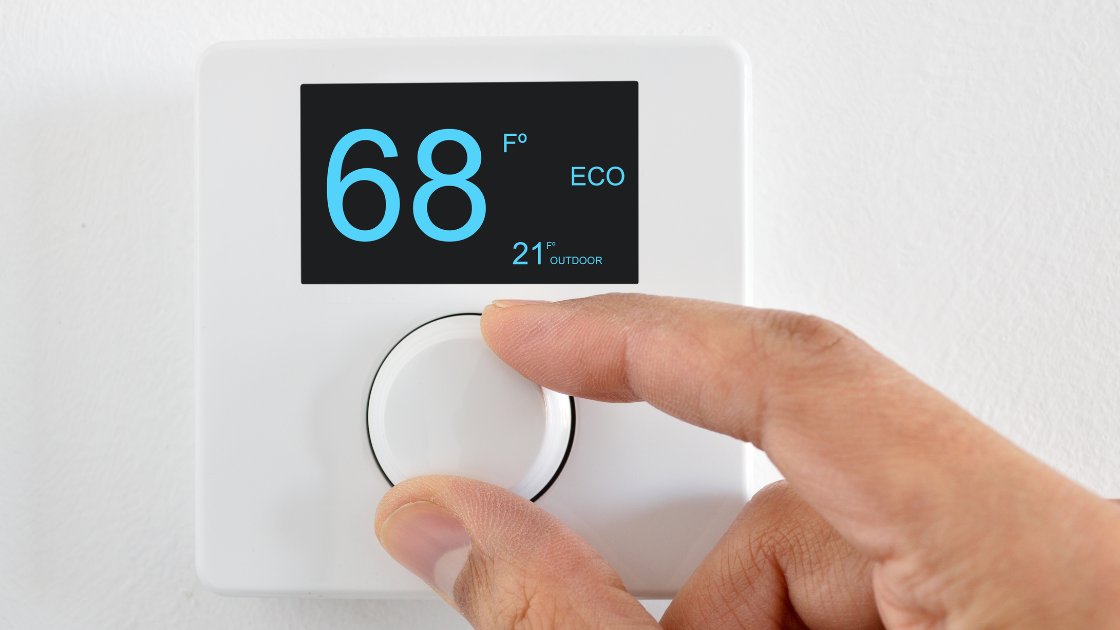
Help! My Heater Won’t Turn Off
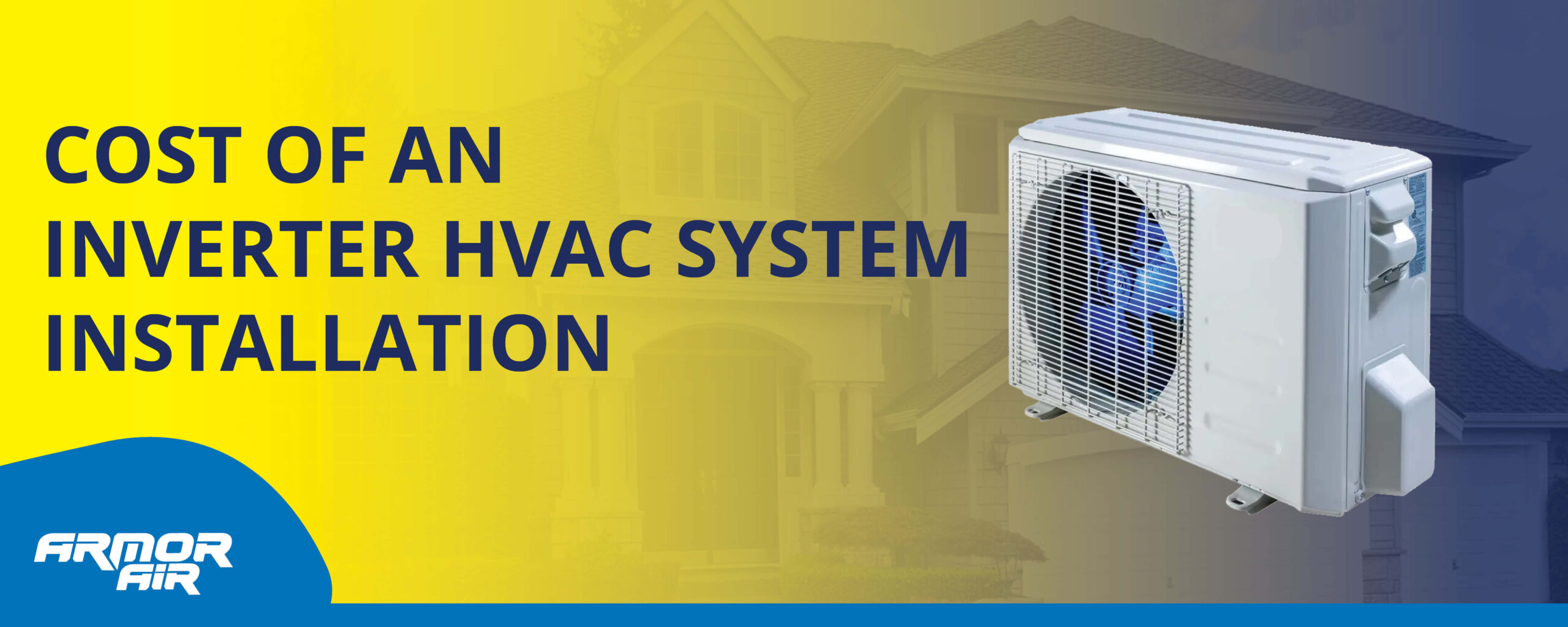
How Much Does an Inverter HVAC System Installation Cost (2025)
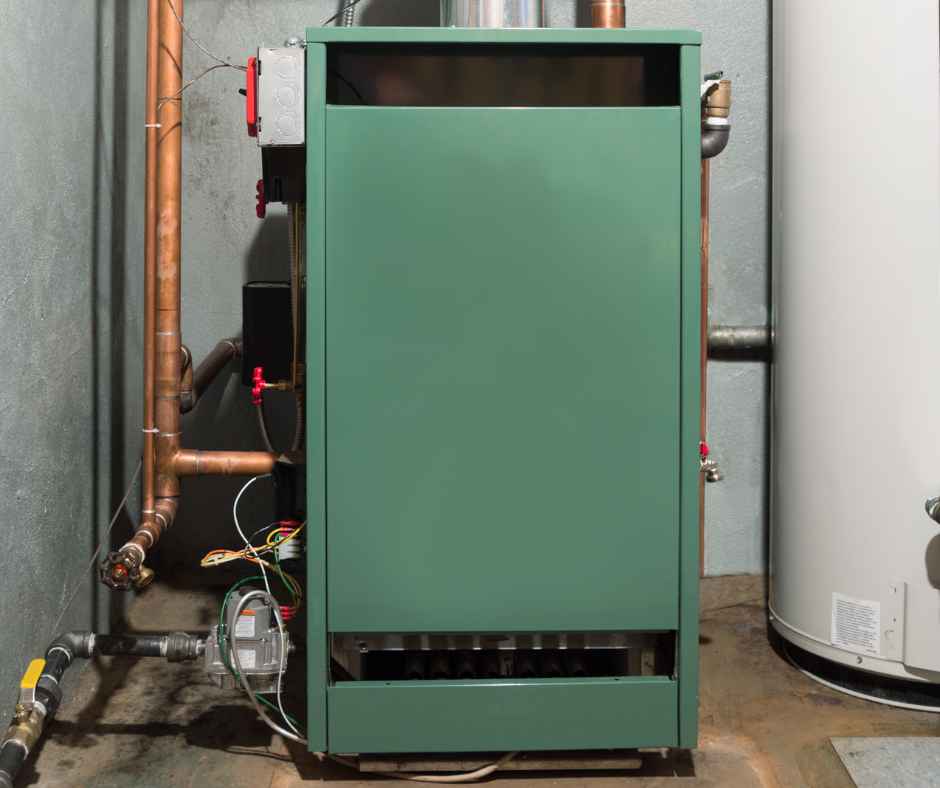
Why Does My Furnace Smell Like It’s Burning?
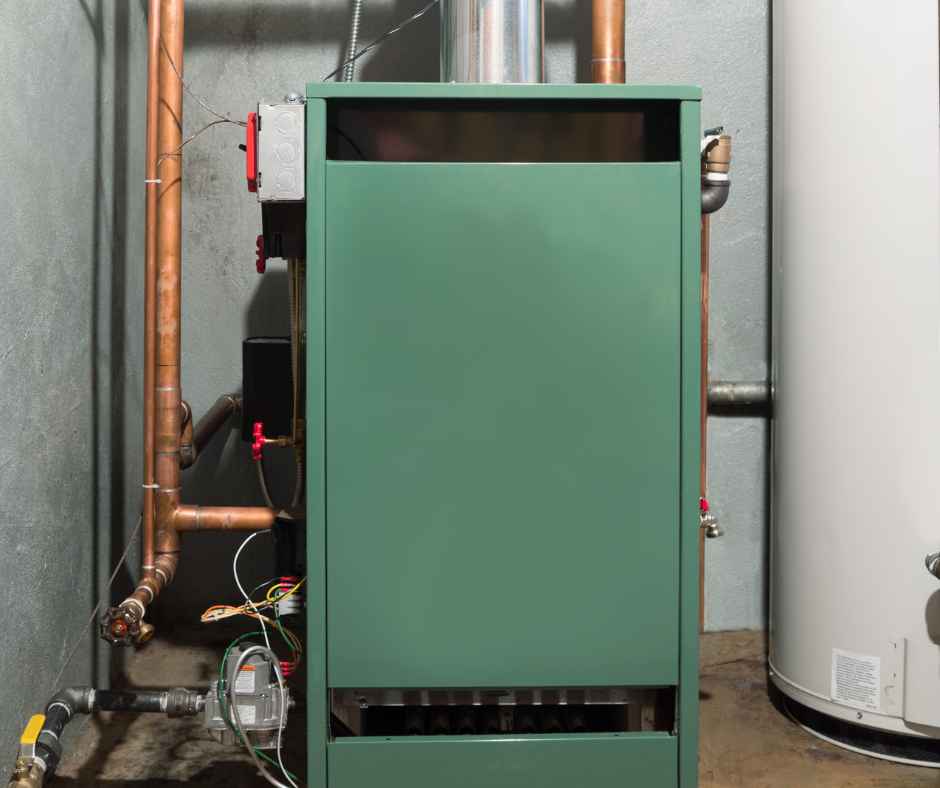
Why Won’t My Heat Turn On?
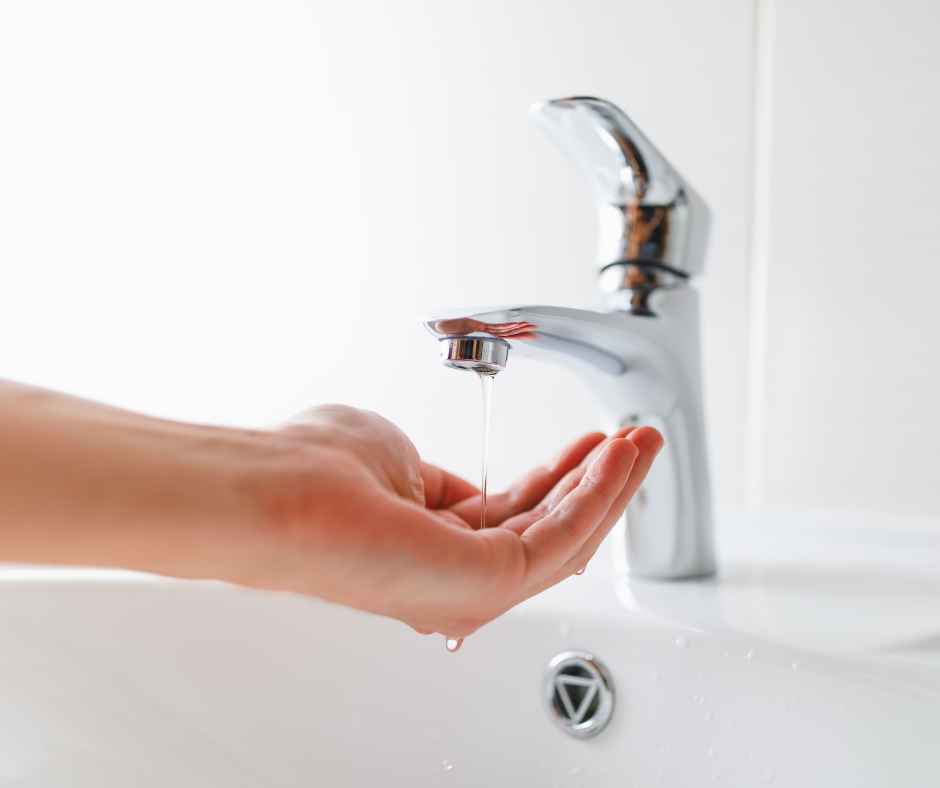
Why is the Water Pressure Low in My House?

Why a Tankless Water Heater Might Be the Best Investment for Your Indianapolis Home?
